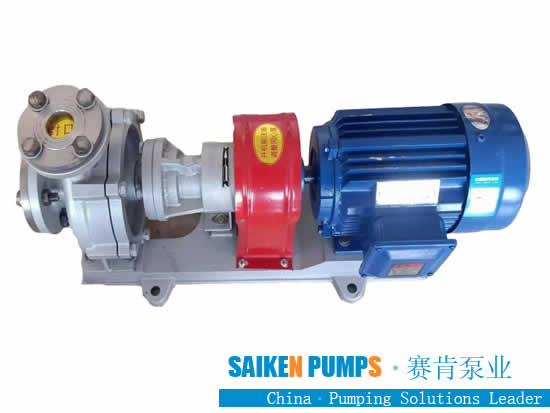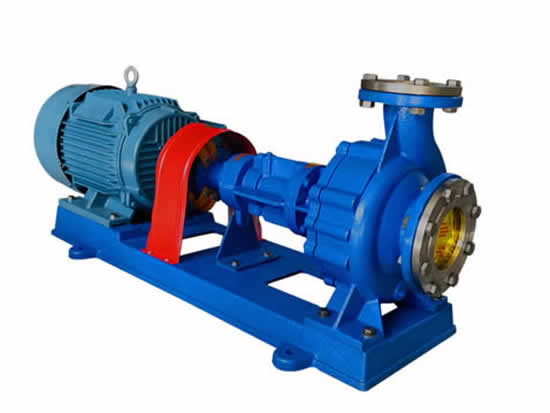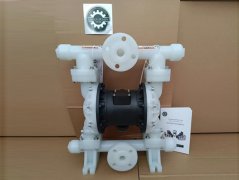Internal structure of thermal oil pump
After disassembling the heat-conducting oil pump and pulling apart the aluminum casing outside the pump, the oil pump is naturally divided into several large pieces. The cast steel casing is actually to press and maintain these parts as a whole. The decomposed hot oil pump is divided into the following parts: The heat-conducting oil pump is mainly composed of pump body, rotor, bearing seal and other parts. It adopts a high temperature resistant packing seal structure, and an additional temperature resistant oil seal plays the role of auxiliary sealing. The pump and the electric are connected by a three-jaw coupling.
Viewed from the transverse direction of the pump, the first thing you can see is the oil outlet. This end cover provides an oil nozzle connecting the oil pipe and an oil return one-way valve, and includes an oil relief valve for fuel pressure relief (supported by a spring). Valve, structure is similar to vacuum fuel pressure regulator).
Look down along the oil outlet of the pump, you can see the oil inlet, which is located at the bottom of the pump. It is connected with the oil outlet by an aluminum shell, contains the above-mentioned parts, and is connected to an interface that can be connected to the filter.
If this structure uses immersion to dissipate heat, then the thick engineering plastics and the rotor cannot touch the outer wall, which is enough to burn the oil pump. In fact, when the oil pump is working, the rotor part uses the gasoline immersion flowing through the rotor to dissipate heat. In other words, as long as the oil pump can pump oil, there is no problem of heat dissipation. For some oil pumps, whether the oil return path is unblocked or not is related to the life of the oil pump. If the oil return path is not smooth, it will cause the oil pump to work at high pressure for a long time and increase the load of the oil pump. The characteristics of the DC motor tell us that at high load and low speed, The current flowing through the rotor will increase sharply, and at this time, because of the decrease in fuel flow, the heat dissipation effect is not good. For electronic oil pumps, it is even worse. So, don’t be superstitious about the 1/4 tank. As long as your car can continue to supply fuel, then the fuel pump will not be burned. If you can’t continue to supply fuel, the car will panic, you have to be very careful. And be mentally prepared for the oil pump to burn down at any time.
The motor part of the oil pump occupies an important position. The standard DC motor structure, but the bearing covers at both ends are replaced by the other two parts of the oil pump, and it has a carbon brush length self-compensation similar to the generator carbon brush structure. The stator of the permanent magnet is attached to the engineering plastic. In addition to the motor shell, the enameled wire coated with a special material is the most easily burned part in the rotor (or in the oil pump). The above is the structure of the heat transfer oil pump, please refer to it.







 +8617731766260/18233754501
+8617731766260/18233754501  fan@saikenpumps.com
fan@saikenpumps.com









 +8617731766260/18233754501
+8617731766260/18233754501 +86-317-8227664
+86-317-8227664
 +8618233754501
+8618233754501